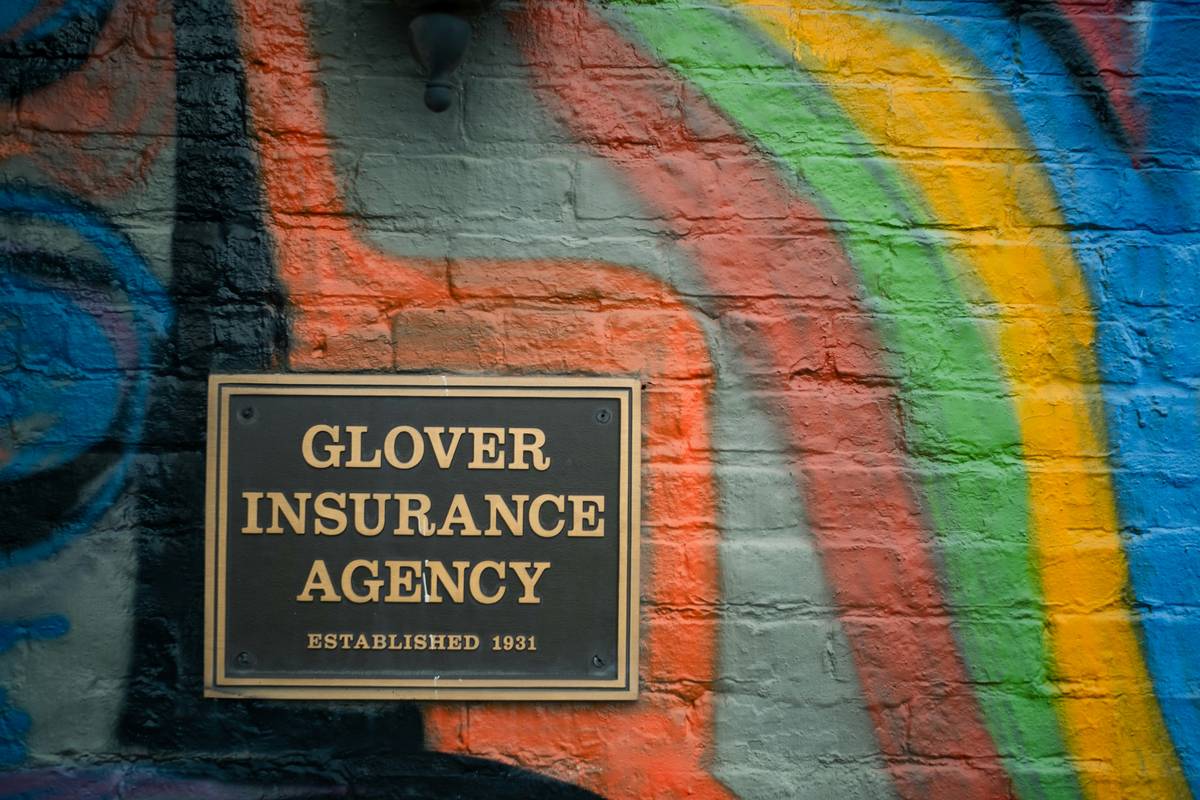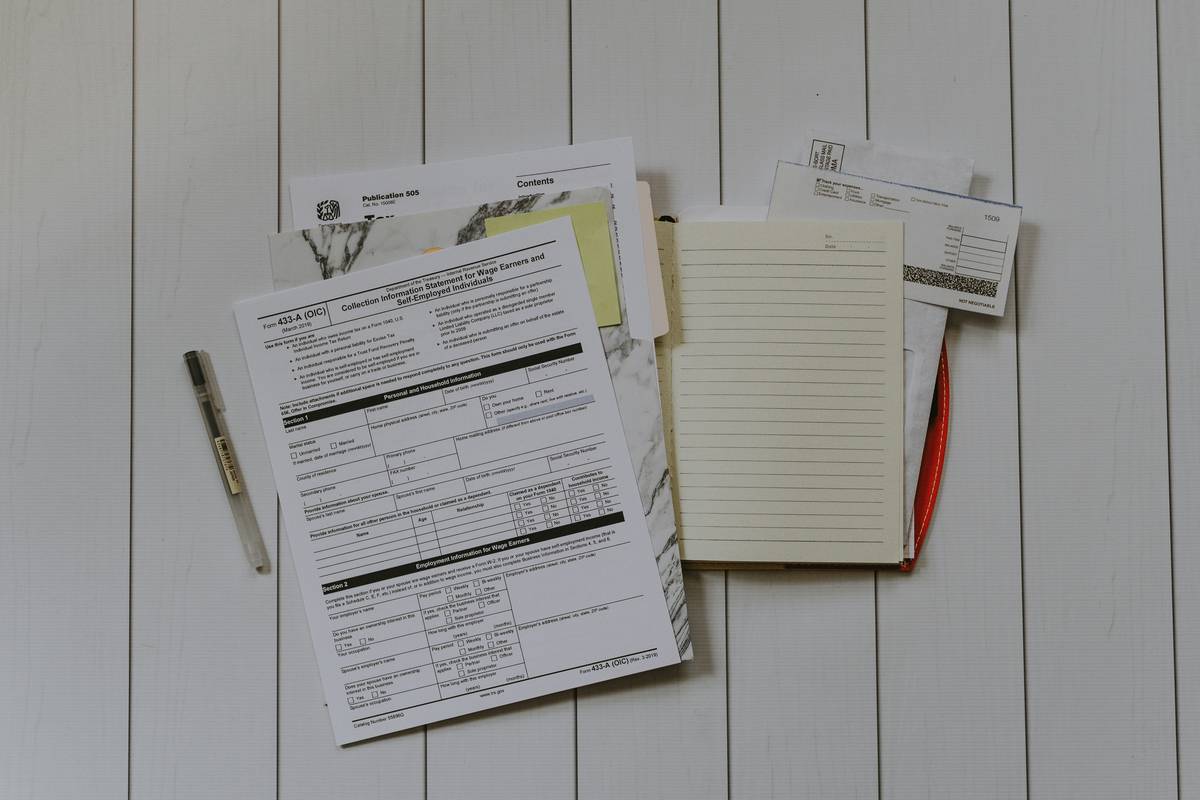Ever come home to a broken window and a ransacked living room? Yeah, us too. It’s not just the stolen items—it’s the gut-wrenching feeling that your “safe space” isn’t so safe anymore.
This post is here to help you understand how your home coverage maximum works in burglary insurance and why it matters more than you think. By the end of this guide, you’ll know how to protect your home effectively, maximize your policy’s benefits, and avoid the rookie mistakes we’ve made (because trust me, I’ve been there).
Table of Contents
- Why Burglary Insurance Matters
- How to Evaluate Your Home Coverage Maximum
- 5 Tips for Smart Burglary Insurance Shopping
- Real-Life Examples of Burglary Claims Gone Right (and Wrong)
- Frequently Asked Questions About Home Coverage Maximums
Key Takeaways
- Your home coverage maximum determines how much you can claim after a burglary—so choose wisely!
- Evaluating your belongings’ worth helps ensure proper coverage limits.
- Skimping on burglary insurance might save money upfront but could cost you big-time later.
- Understand policy exclusions; no one likes surprises during claims.
- Avoid common pitfalls like overestimating the value of used items or ignoring deductible costs.
Why Burglary Insurance Matters: A Relatable Story
Confession time: Once, I thought my homeowner’s insurance would cover everything if something went wrong. I came home from vacation to find my Xbox, laptop, and some jewelry missing. I filed a claim confidently…until my insurer told me my items weren’t fully covered because my home coverage maximum was woefully low. Ouch.
Here’s why burglary insurance should matter to you:
- Burglaries happen way more often than you’d expect. According to FBI statistics, a burglary occurs every 26 seconds in the U.S.
- Without adequate coverage, replacing stolen goods becomes an out-of-pocket nightmare.
- Homeowners often overlook smaller valuables when setting their coverage limits—resulting in huge gaps in protection.

Figure 1: Infographic on burglary statistics and average financial losses.
How to Evaluate Your Home Coverage Maximum Effectively
Optimist You: “Let’s just pick a high number and call it a day!”
Grumpy Me: “Ugh, fine—but only if coffee’s involved, because this part requires focus.”
To set your ideal home coverage maximum, follow these steps:
Step 1: Inventory Your Belongings
Create a detailed list of all valuable items in your home. Use apps like Encircle or Sortly to snap photos and log descriptions. This ensures nothing gets overlooked when estimating your coverage needs.
Step 2: Estimate Replacement Costs
Don’t assume what you paid for an item years ago reflects its current replacement cost. Research new prices online or consult retailers for accurate estimates.
Step 3: Check Policy Limits
Most standard policies have sub-limits for specific categories like jewelry or electronics. If you own expensive pieces, consider adding riders or endorsements to boost coverage.

Figure 2: Checklist for evaluating burglary insurance features.
5 Tips for Smart Burglary Insurance Shopping
Picking a policy without doing your homework is like going to a buffet blindfolded—you’re rolling the dice. Here are five tips to shop smarter:
- Review Deductibles Carefully: Lower deductibles mean higher premiums, so balance affordability with practicality.
- Look Beyond the Price Tag: Cheap policies may skimp on vital coverage areas. Always compare terms first.
- Avoid Over-Insuring: Terrible Tip Alert! Many people overestimate the value of old stuff. An appraiser can help determine realistic values.
- Prioritize Replacement Cost Coverage: Unlike actual cash value (ACV), which deducts depreciation, replacement cost coverage pays for new items.
- Bundle Policies for Discounts: Combining auto and home insurance often nets significant savings.
Real-Life Examples of Burglary Claims Gone Right (and Wrong)
Meet Sarah: She meticulously documented her belongings using inventory apps and opted for a rider to cover her $8,000 engagement ring. When burglars struck, she had proof of ownership and full replacement coverage—no stress involved.
Now meet Dave: He assumed his basic policy would suffice. After losing $15,000 worth of electronics, he discovered his sub-limit capped reimbursements at $2,500. Lesson learned the hard way.

Figure 3: Visual examples of homes before and after burglary incidents.
Frequently Asked Questions About Home Coverage Maximums
What does “home coverage maximum” mean?
Your home coverage maximum refers to the highest amount your insurer will pay for covered losses due to burglary or theft.
How do I know if my coverage limit is enough?
Conduct a thorough inventory and estimate replacement costs for your belongings. Add extra layers for high-value items if needed.
Can I increase my home coverage maximum later?
Yes, most insurers allow adjustments mid-policy. However, increasing coverage usually raises premiums as well.
Conclusion
Protecting your home goes beyond deadbolts and alarm systems—it involves understanding your home coverage maximum and ensuring it aligns with your needs. From taking inventory to avoiding cheap policies, this guide arms you with actionable insights to safeguard your sanctuary.
Remember: Like a Tamagotchi, your insurance requires daily care—or at least regular reviews—to thrive. Stay vigilant, stay insured, and keep those burglars guessing!
Life moves fast. Make sure your coverage keeps up.


